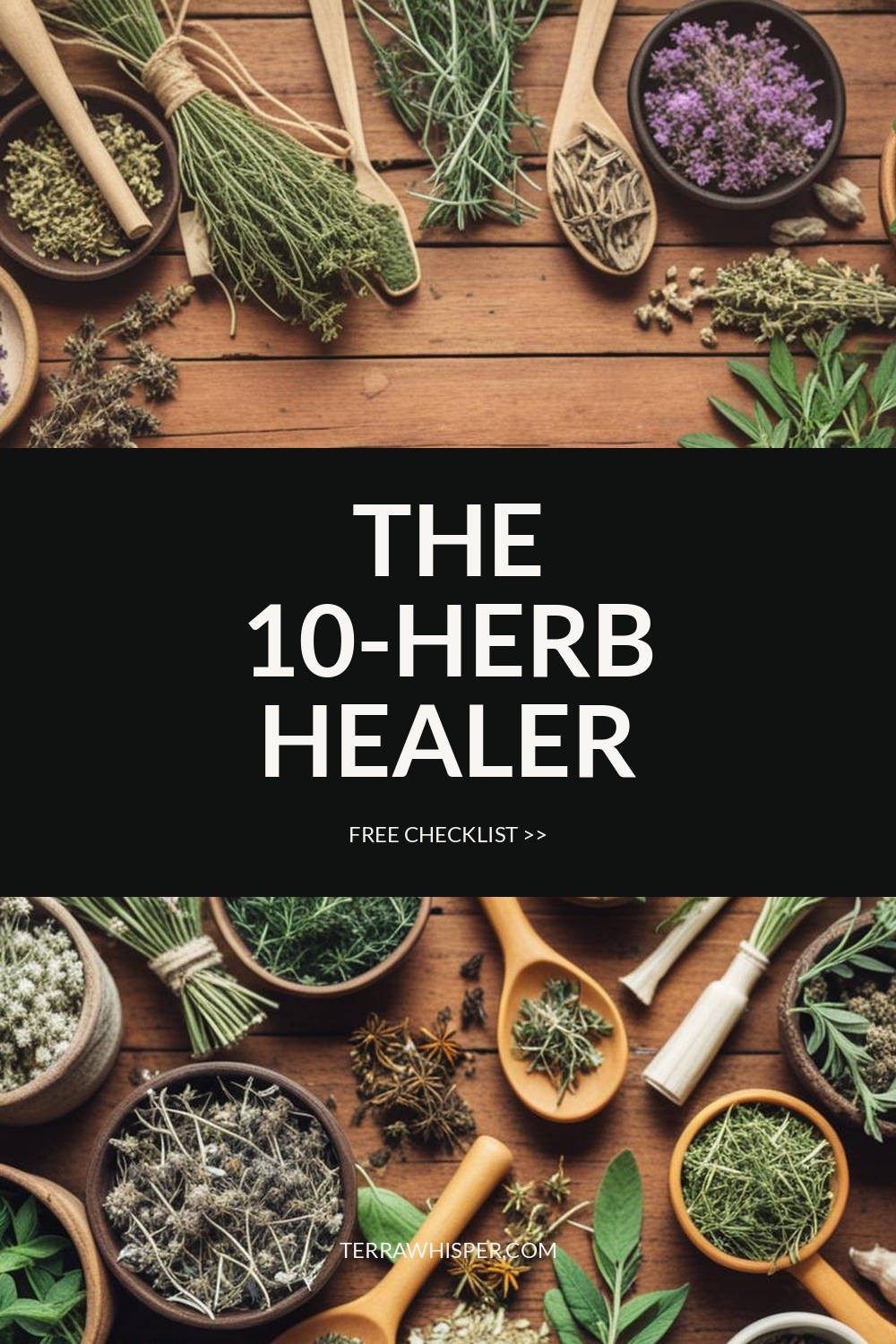Scutellaria (Scutellaria Lateriflora)
Information Reliability Score: 2/10
This score reflects the overall reliability of the information presented in this article. It is based on the quality of scientific evidence, accuracy of sources, and the transparency of references related to Scutellaria lateriflora.
Scutellaria, scientifically known as Scutellaria lateriflora, is a medicinal herb native to North America, commonly referred to as blue skullcap. It is traditionally recognized for its adaptogenic properties, helping the body manage stress and enhance resilience. The plant is valued for its primary benefits, including calming effects on the nervous system, anti-inflammatory properties, and support for cognitive function. Historically, it has been used by Native American tribes for treating ailments such as epilepsy, insomnia, and digestive issues. In modern wellness practices, it is often used as a natural remedy for anxiety, depression, and sleep disorders, and it contains a unique active compound called scutellarein, which contributes to its therapeutic effects.
FREE CHECKLIST
The Only 10 Herbs You Need to Heal 90% of Common Ailments.

